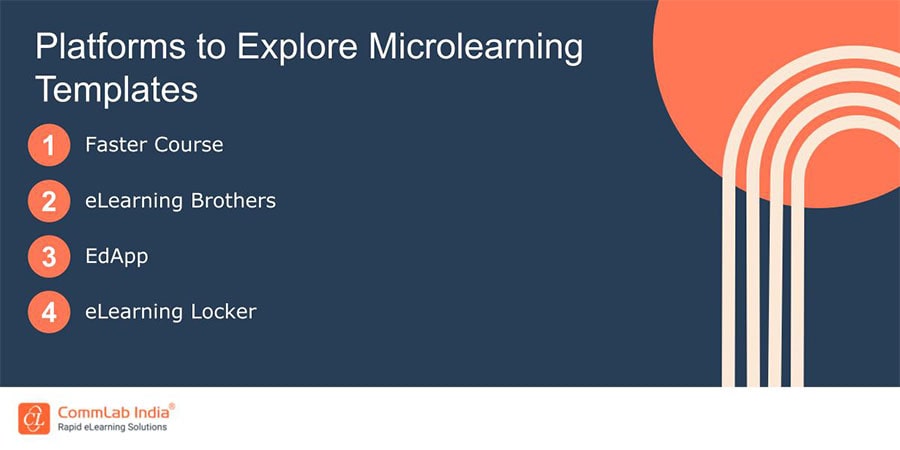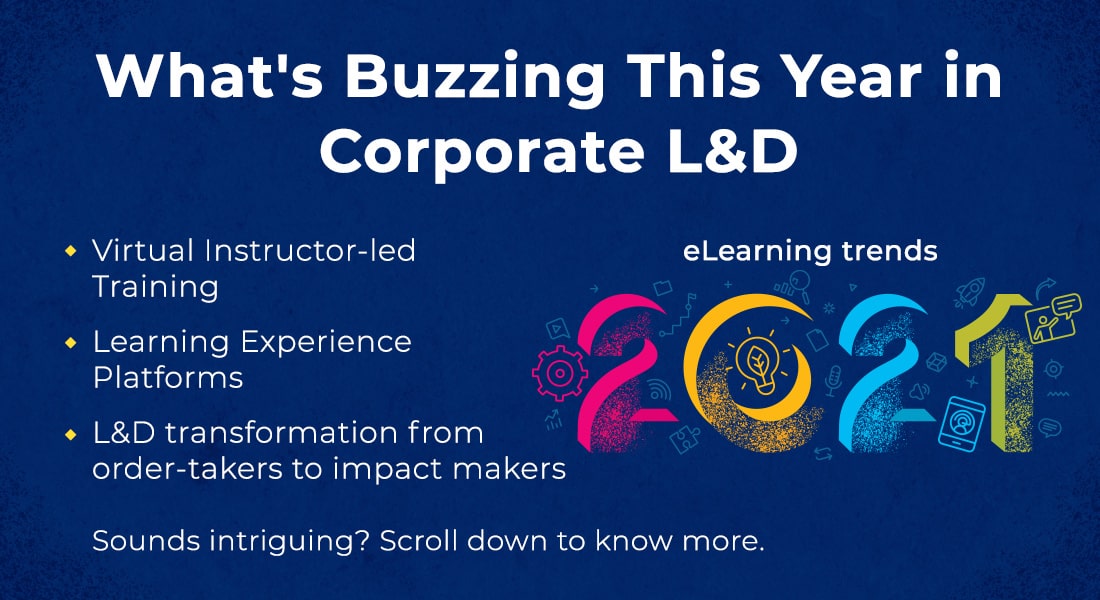Is Microlearning the Go-to Approach for Effective Sales Enablement Training?
In this blog, we'll explore how microlearning aligns with the intricate dynamics of sales enablement training and a few tips to implement it.

Sales Enablement Training plays a pivotal role in equipping sales teams with the knowledge, skills, and tools they need to engage prospects and close deals successfully. In today's competitive business environment, staying ahead requires not only talented sales professionals but also an effective training strategy. As organizations seek innovative approaches, one method that has gained prominence is microlearning. In this blog, we'll delve into the question of whether microlearning is the go-to approach for effective sales enablement training.
Is Microlearning the Go-To Approach for Effective Sales Enablement Training?
Microlearning is unequivocally the go-to approach for sales enablement training. Its bite-sized, on-demand content aligns perfectly with the dynamic demands of the sales environment, offering targeted learning experiences that enhance engagement, retention, and overall performance for modern sales teams.
The Dynamics of Sales Enablement Training
Sales training encompasses various elements, including product knowledge, sales methodologies, customer interaction skills, and the use of sales tools. A robust sales enablement program integrates these components to create a comprehensive and cohesive learning experience for sales representatives. Traditional sales training methods, such as lengthy classroom sessions or extensive e-learning courses, face challenges in meeting the evolving needs of sales teams. These challenges include:
-
Time Constraints: Lengthy training sessions can take sales reps away from selling activities for extended periods.
-
Relevance: Generic training content may not address the specific challenges or nuances of individual sales roles.
-
Adaptability: Slow response to market changes or product updates can lead to outdated training material.
As the business landscape evolves, there is a growing recognition of the need for training methods that are agile, adaptive, and aligned with the real-time demands of the sales profession. Sales reps require the ability to learn on the fly, adapt to changing customer expectations, and apply knowledge immediately in a dynamic sales environment.
→ Download Infographic Now: Microlearning to Skyrocket Corporate Training Initiatives
Effectiveness of Microlearning for Sales Enablement Training
Microlearning is an instructional design strategy that delivers information in small, focused units, typically lasting no longer than a few minutes. These bite-sized modules can take various forms, such as videos, quizzes, infographics, or short articles. The key characteristics of microlearning include brevity, specificity, and accessibility, making it suitable for the fast-paced nature of sales environments. Here are a few platforms if you need a bunch of templates to get started with microlearning.

Microlearning has proven successful across diverse industries. In sales, it could involve quick product knowledge refreshers, objection handling scenarios, or tips on effective communication. Other sectors utilize microlearning for employee onboarding, compliance training, and skill development. For instance, healthcare professionals might use microlearning to stay updated on new medical procedures or protocols.
Microlearning's effectiveness in sales enablement lies in its ability to deliver targeted, easily digestible content tailored to the specific needs of sales representatives. Unlike traditional training programs, microlearning modules can be designed to focus on key product features, objection-handling techniques, or sales strategies.
The real strength of microlearning is its emphasis on just-in-time learning, enabling sales reps to access relevant information precisely when they need it. This approach aligns with the fast-paced nature of sales, where quick decision-making and adaptability are crucial. By exploring how microlearning enhances on-the-job performance, we can gain insights into its role in transforming sales enablement training. While we are talking about sales, here are a few ways to motivate your sales team.

Considerations and Potential Drawbacks
While the benefits of microlearning in sales enablement are evident, it's essential to consider potential challenges and drawbacks. One consideration is the applicability of microlearning across different sales environments. Some industries may require in-depth, traditional training methods due to the complexity of products or services. Another factor is the technology required for effective implementation. Ensuring that sales reps have access to the necessary devices and platforms is crucial. Additionally, finding the right balance between microlearning and comprehensive training is key to addressing the diverse learning needs of sales teams. You can leverage blended learning in this case and here’s a short video to know more about it.
Implementing Microlearning for Sales Enablement Training
Implementing microlearning in sales enablement requires a strategic and systematic approach to ensure its seamless integration into the existing training framework. Here's a step-by-step guide to help organizations effectively adopt microlearning for sales teams:
-
Define Learning Objectives: Clearly identify the specific learning objectives aligned with sales goals. Determine the critical skills, product knowledge, or sales strategies that need reinforcement through microlearning.
-
Content Identification and Development: Choose or develop microlearning content that is engaging, concise, and directly addresses the identified learning objectives. This can include short videos, interactive quizzes, infographics, or quick reference guides.
-
Adapt to Learning Styles: Recognize the diverse learning styles within the sales team. Create microlearning modules that cater to visual, auditory, and kinesthetic learners to ensure maximum engagement and effectiveness.
-
Technology Integration: Leverage technology platforms that support easy access, tracking, and engagement analytics. Ensure that microlearning content is accessible across various devices, allowing sales reps to learn at their own pace and convenience.
-
Integrate with Existing Training Infrastructure: Seamlessly integrate microlearning into the existing training infrastructure. This may involve incorporating microlearning modules into learning management systems (LMS) or other platforms used for training purposes.
-
Create a Structured Learning Path: Design a structured learning path that guides sales reps through a series of microlearning modules. This path should be progressive, building on foundational knowledge and skills, and adapting to the individual's learning pace.
-
Engage Sales Leadership: Gain support and commitment from sales leadership. Communicate the benefits of microlearning in enhancing on-the-job performance and achieving sales targets. Encourage leadership to actively participate in and endorse the microlearning initiative.
-
Address Resistance and Provide Support: Anticipate and address any resistance to change. Offer training and support to help sales reps navigate the new learning format. Highlight the flexibility and efficiency that microlearning brings to their professional development.
-
Track and Analyze Performance: Implement robust tracking mechanisms to monitor sales reps' progress through microlearning modules. Analyze engagement metrics, completion rates, and performance improvements to continually refine the microlearning strategy.
-
Collect Feedback and Iterate: Encourage feedback from sales reps and trainers. Use this feedback to iterate and improve microlearning content continually. An agile approach to refinement ensures that the content remains relevant and effective over time.
Wrapping Up!
In conclusion, the question of whether microlearning is the go-to approach for effective sales enablement training hinges on its ability to address the dynamic needs of modern sales teams. By offering targeted, bite-sized content, microlearning proves effective in enhancing on-the-job performance and aligning with the fast-paced nature of the sales environment. Here’s a free infographic for you to keep, just in case you need to revisit the benefits of microlearning but don’t wish to read an entire blog again.


![Microlearning — How to Leverage it for Macro Results [Infographic]](https://no-cache.hubspot.com/cta/default/59327/16407642-6662-4ba8-882c-72f2b0b9f493.png)


